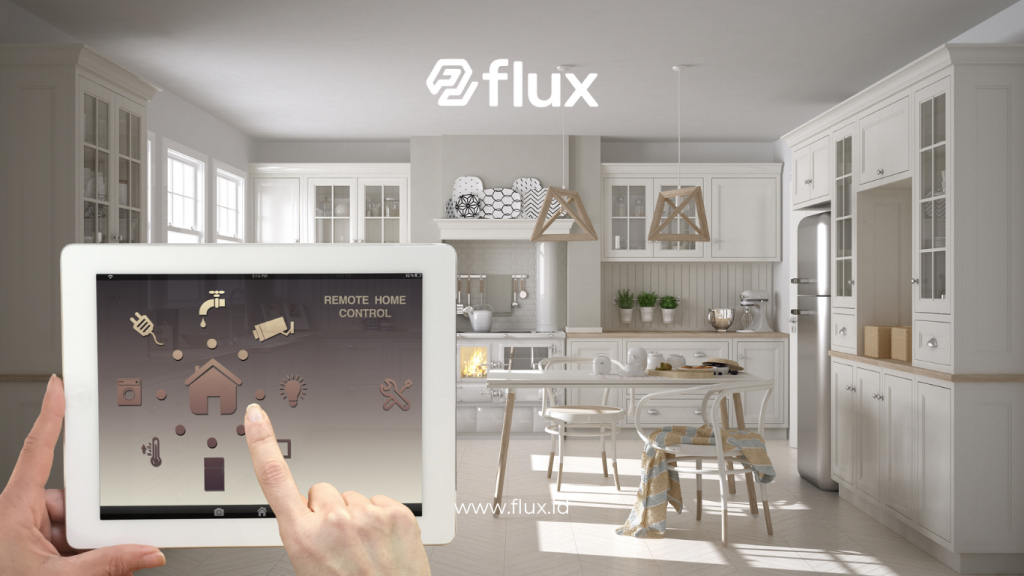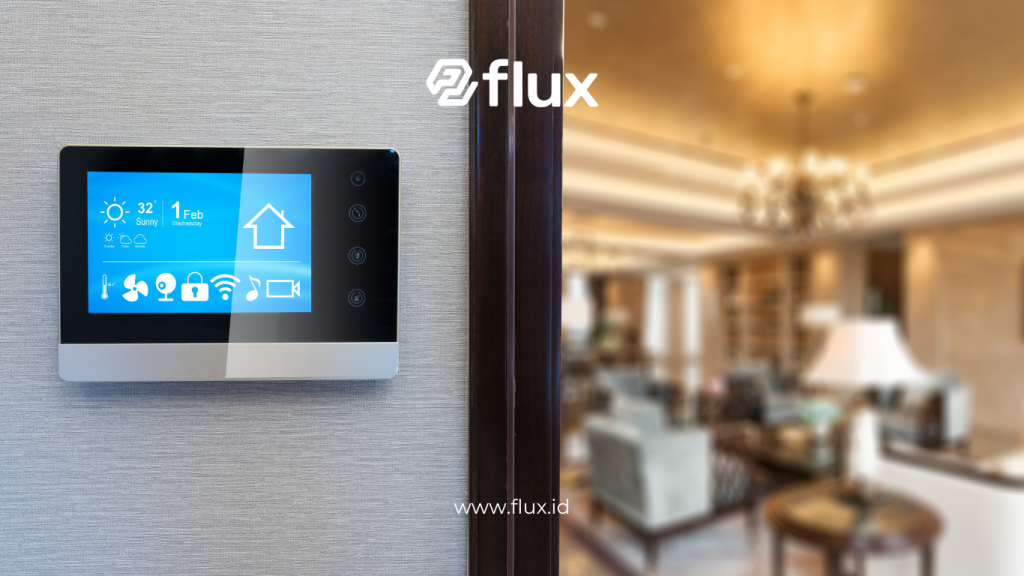Don't miss our holiday offer - 20% OFF!
In this digital age, the concept of a smart home is gaining popularity. The Internet of Things (IoT) plays a key role in creating a comfortable, safe, and efficient environment. This technology enables devices in your home to connect and communicate with each other, making it easier for you to manage various aspects of your household.
Contents
What is IoT?

Read More: IoT for Environmental Monitoring: Sustainable Solutions for Climate Change
IoT, or the Internet of Things, is a network of devices connected to the internet that can exchange data with each other. By using sensors, these devices can collect information and provide real-time feedback. In the context of a smart home, IoT includes a wide range of devices, from lights, thermostats, and security cameras to household appliances.
Benefits of Using IoT for a Smart Home

Read More: Smart Home 101: Implementing IoT to Enhance Quality of Life
1. Increased Convenience
One of the main advantages of IoT is enhanced convenience. By using an app on your smartphone, you can control various devices from anywhere. For example, you can adjust the air conditioning temperature before coming home from work or turn on the lights as you’re on your way home.
2. Energy Efficiency
IoT also helps reduce energy consumption. By using smart devices, you can monitor energy usage in your home and make necessary adjustments. For instance, a smart thermostat can learn from your habits and automatically adjust the temperature to save energy.
3. Enhanced Security
IoT-connected security systems provide better protection for your home. With security cameras accessible through your smartphone, you can monitor your home remotely. Additionally, door and window sensors can notify you of any suspicious activity.
Key Components of a Smart Home System

Read More: IoT Application in Smart Homes: Optimizing Comfort and Security
1. Smart Lighting
Smart lighting allows you to control your home’s lighting easily. You can change the color, adjust brightness, or schedule lights to turn on and off automatically. With smart lighting, you not only save energy but also create the desired ambiance.
2. Smart Thermostats
Smart thermostats help regulate your home’s temperature efficiently. With programmable features, you can set the temperature based on your daily schedule. For example, you can set the temperature to rise when you return from work and lower when you leave.
3. Security Cameras
IoT-connected security cameras allow you to monitor your home in real-time. You can view live video footage through a smartphone app and receive notifications if any movement is detected. This provides greater peace of mind for you and your family.
4. Smart Household Appliances
Household appliances such as ovens, refrigerators, and washing machines are now available in smart versions. You can control and monitor these devices via an app, making your life easier. For example, you can heat food remotely or check your refrigerator’s inventory.
Challenges of Adopting IoT
While IoT offers many benefits, there are some challenges to consider. One of them is data security. When devices are connected to the internet, there is a risk that your personal data could be accessed by unauthorized parties. Therefore, it’s essential to choose secure devices and set strong passwords.
Steps to Get Started

Read More: Optimizing Smart Homes with Motion Sensor (PIR): Technology, Function, and Benefits
1. Plan Your Smart Home System
Before getting started, create a plan for what devices you want to use. Consider your needs and budget. Identify the areas in your home that would benefit most from smart technology.
2. Choose the Right IoT Platform
There are various IoT platforms available. Make sure to choose one that is easy to use and compatible with the devices you select. Some platforms also offer integration with other devices, making it easier to manage your system.
3. Installation and Setup
After selecting your devices, carefully follow the installation instructions. Ensure all devices are connected properly and can communicate with each other. Then, configure them through the provided app to maximize their functionality.
Optimizing Your Smart Home
1. Voice Integration
Using voice assistants like Google Assistant or Amazon Alexa can enhance your smart home experience. You can control devices just by speaking, making it more convenient and efficient.
2. Automation
Take advantage of automation features to coordinate your devices. For example, you can create scenarios where lights, temperature, and other devices adjust simultaneously when you arrive home from work.
3. Monitoring and Adjustments
Regularly review your energy usage and the effectiveness of your devices. Make adjustments as needed to ensure your smart home operates optimally.
Conclusion
Managing your home easily using IoT is a smart step toward improving comfort, efficiency, and security. While there are challenges to consider, the benefits offered by this technology are far greater. With proper planning and choosing the right devices, you can create a smart home that fits your lifestyle.
By following the steps and tips above, you can start leveraging IoT technology in your daily life. Start implementing smart home solutions today and experience positive changes in managing your home.





